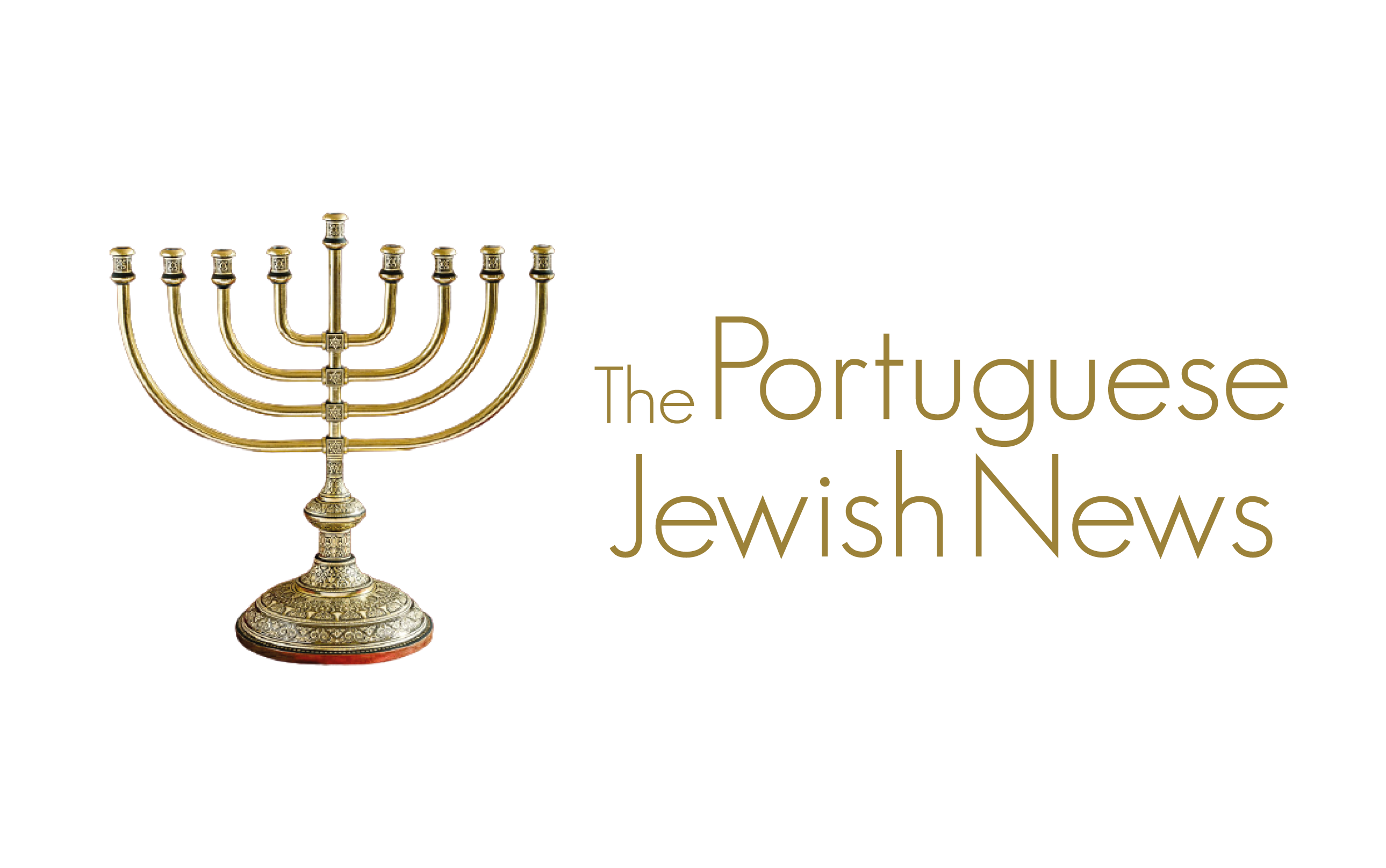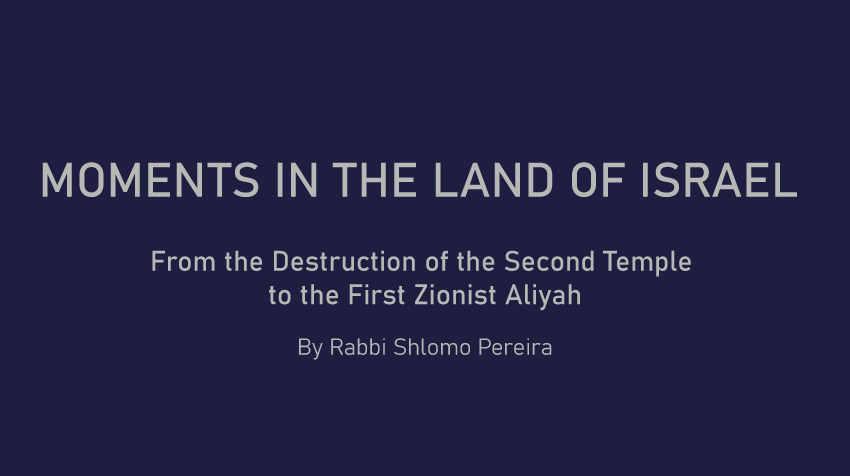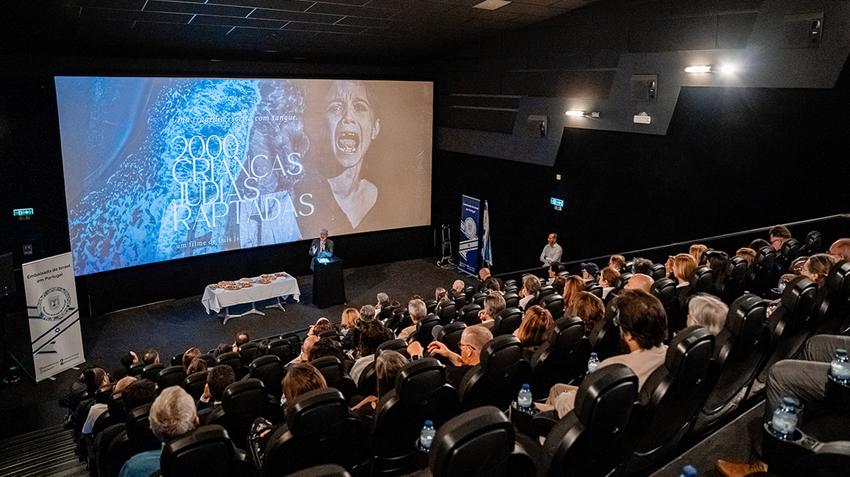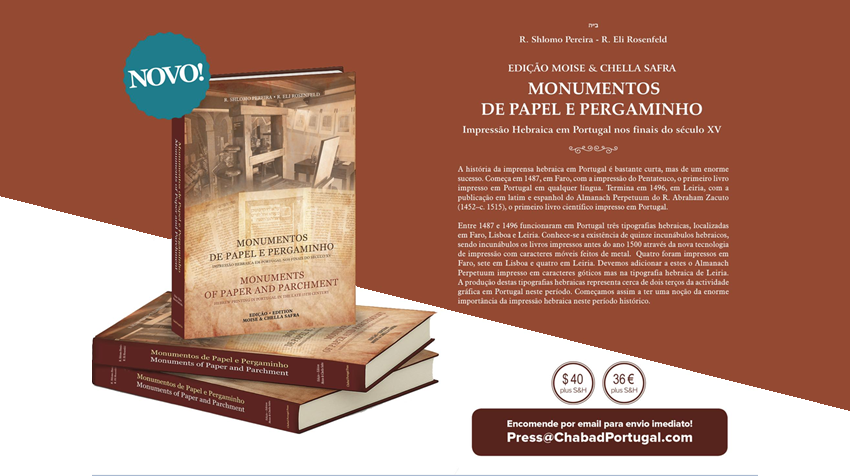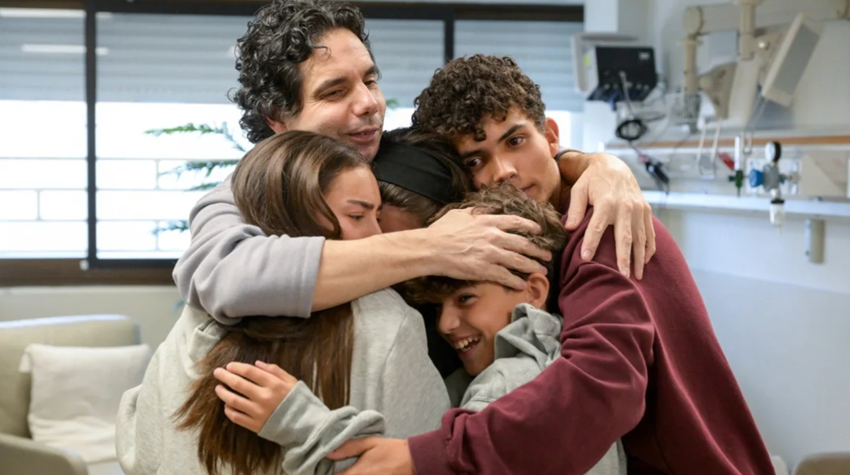Highlighting the permanent Jewish presence and the relevance of Jewish contributions in Eretz Israel as well as the continuous connection between Diaspora Jews and Eretz Israel throughout the centuries between the Destruction of the Second Temple and the onset of modern Zionism, through a series of one-page notes distributed weekly.
DID YOU KNOW THAT... in 1808 students of the Vilna Gaon started settling in large numbers in the Land of Israel? In the early 1800s, in a move traditionally viewed as the result of the explicit instructions of R. Eliyahu ben Shlomo Zalman, the Vilna Gaon (1720- 1797), a large number of his students moved to Israel. From 1808 to 1812, three groups of his students and their families, about 500 people in total, settled in Israel. The first group was led by R. Menachem Mendel of Shklov [1740-d.1278], the second by R. Saadia ben Nathan of Vilna [?-?] and the third by R. Israel ben Shmuel of Shklov (1770- 1839). This was one of the first modern Jewish migrations to Israel, although Hasidic immigration was already active in the 1780s. Uniquely at the time, this group included not just scholars but also artisans. They initially settled in Safed, as the Muslim rulers did not allow them to settle in Jerusalem. In 1837, however, in the aftermath of several devastating events in the Galilee - hostile attacks, plagues and earthquakes, most of them did move to Jerusalem. These students of the Vilna Gaon were collectively known as the ‘Perushim’. This name evoked the Pharisees of the old and reflected their focus on Torah study while at the same time in its literal sense of ‘separated’ reflected their quest for separating themselves from the impurities of the surrounding society. Where they settled, Safed and Jerusalem but also Jaffa and Tiberias they formed communities called ‘Kollel Perushim’ and they formed the basis of the present Ashkenazi communities in these areas. The ‘Perushim’ introduced several of the customs followed in Israel to this day, such as the institution of the Priestly Blessing during weekdays or the earlier time for the onset of Shabbat in Jerusalem and other cities. In addition, in 1864, they were instrumental in rebuilding the Yehudah HaChasid Synagogue, the Hurba Synagogue, or "The Ruin", and in 1874, founded the neighborhood of Mea Shearim.
